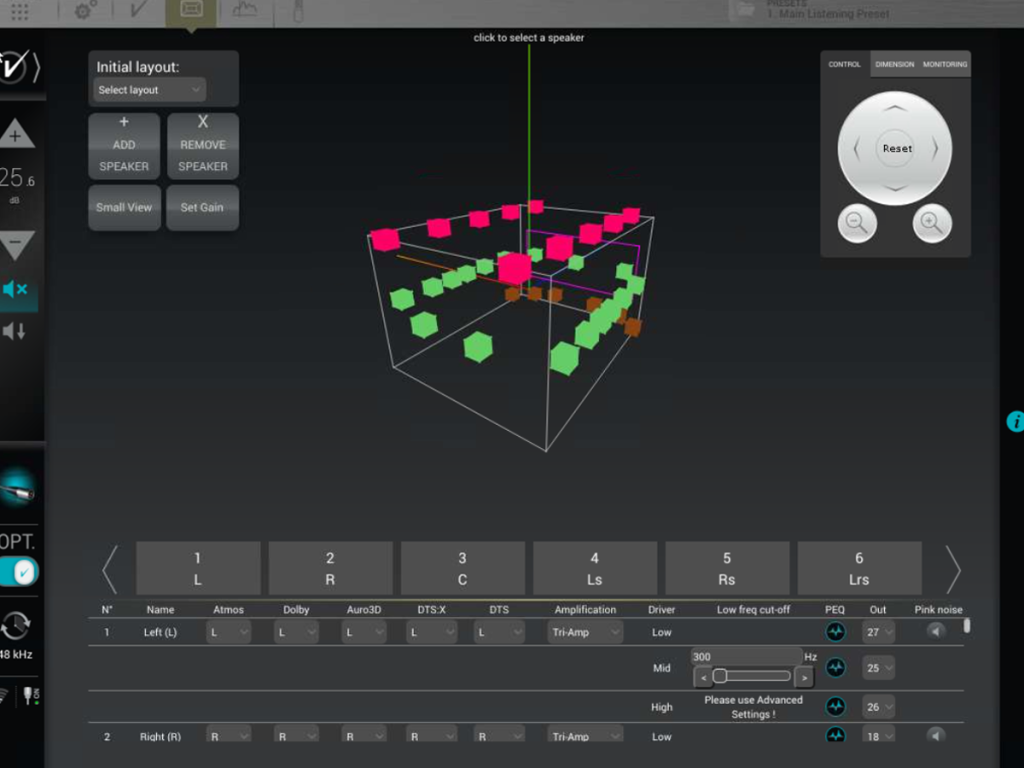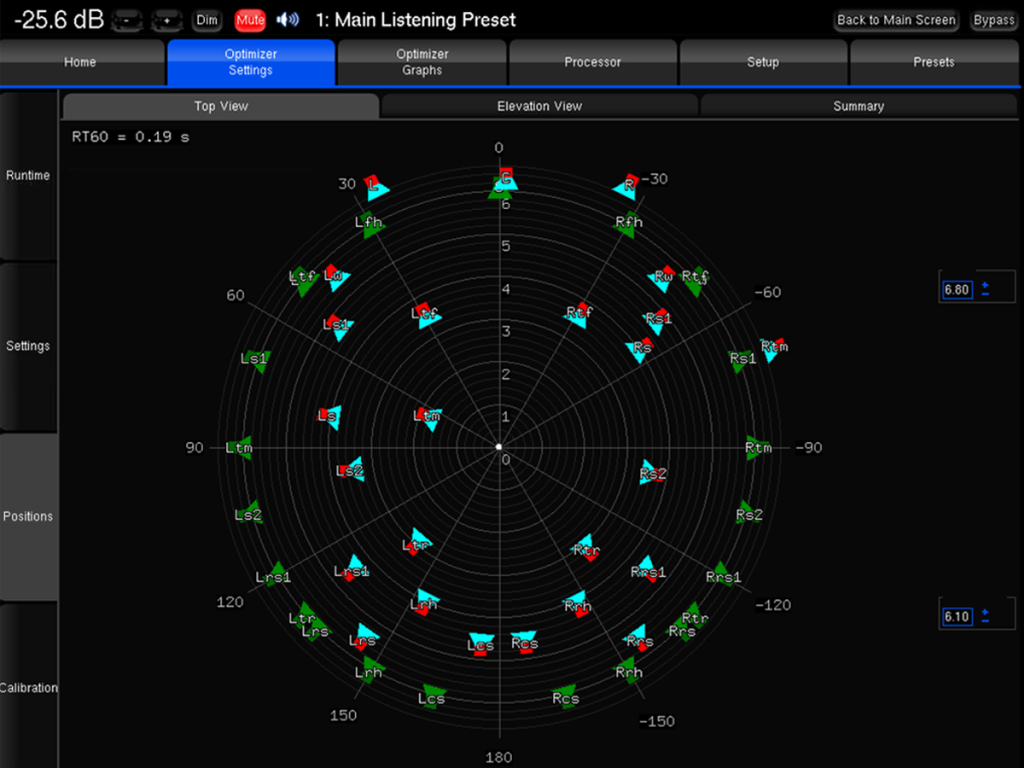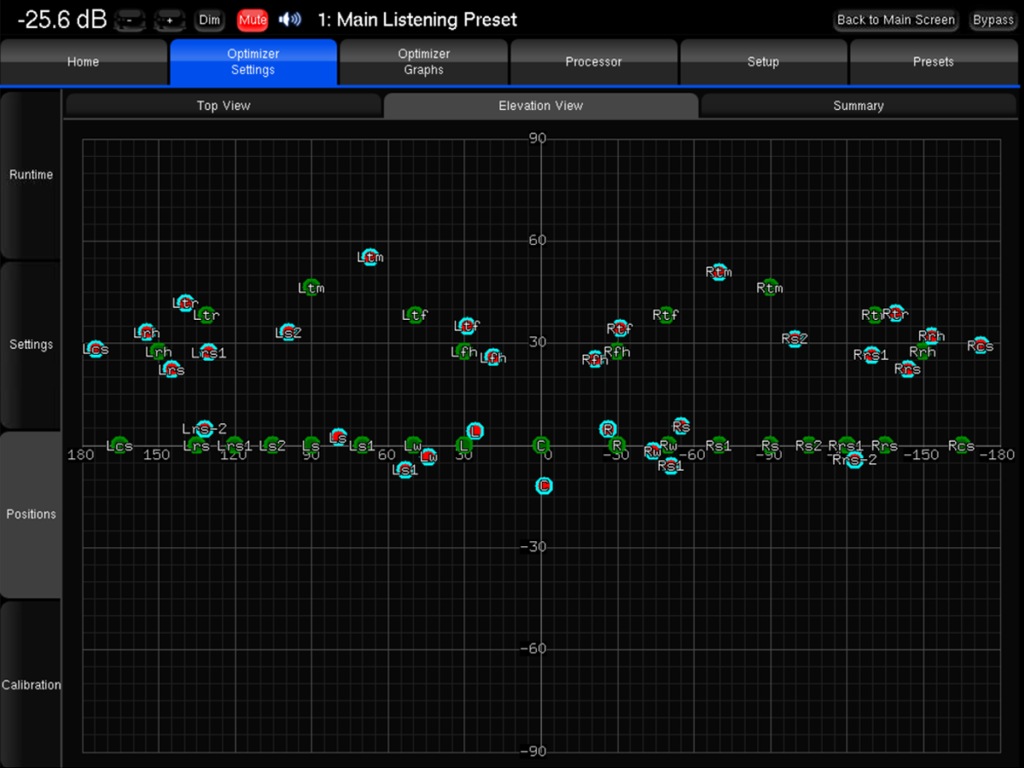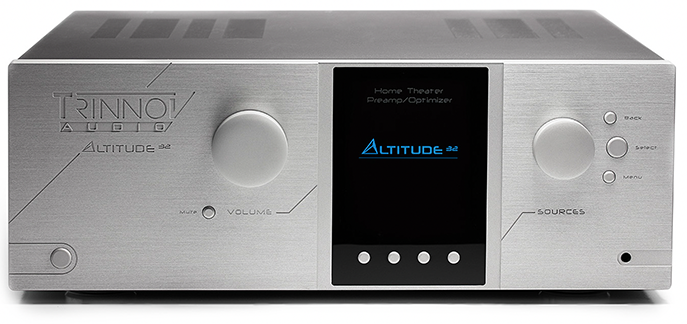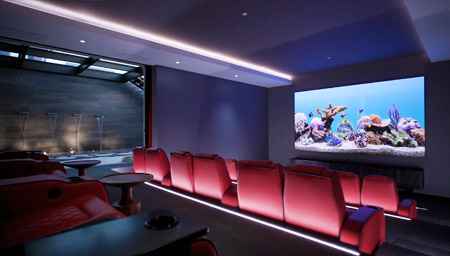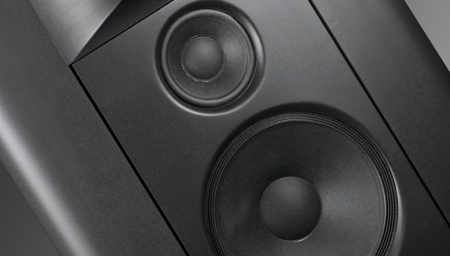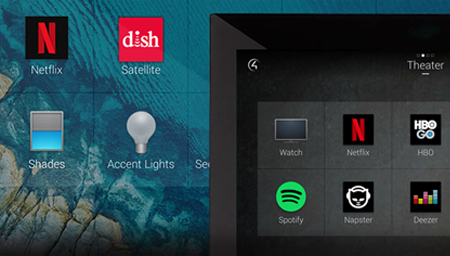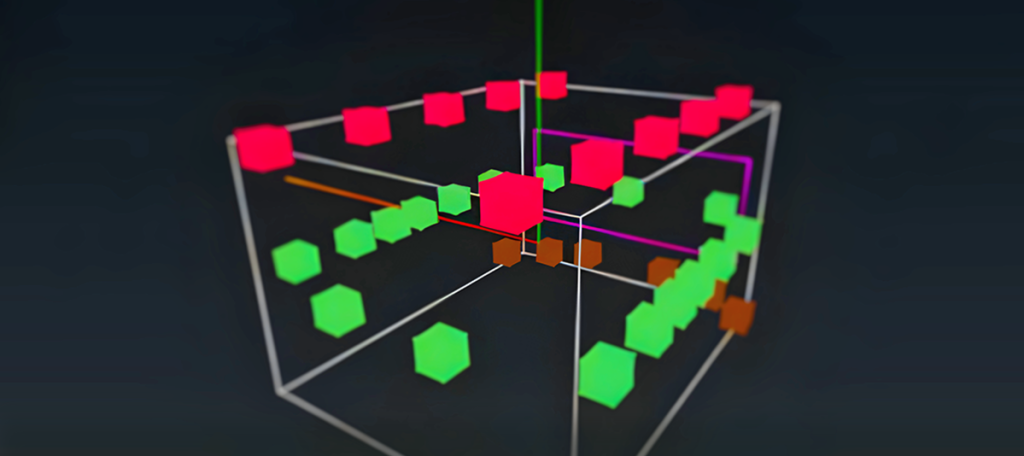
Achieving Serenity | The Sound Processing
As important as all the other contributions were, it was some processing magic that took the Serenity theater over the top from impossible to real
by Dennis Burger
May 20, 2022
My initial impressions of the Serenity theater were based on a handful of images emailed to me by Mike Gaughn with a simple question: “Is there any way this room could sound good?” Given the layout of the speakers, the material construction of the space, the variable of moving walls, etc., I thought about it and said, “I could make it sound really good . . . but only with Trinnov.” So I wasn’t surprised to find out that’s exactly the audio processing employed in this room.
The story of how Trinnov came to be involved is almost as interesting as the room itself. Integrator Jeff Williams effectively operated as a general practitioner here, calling in specialists to address the unique peculiarities of the theater. He turned over the speaker design, for example, to Triad, a company know for its built-to-order speakers. Triad, meanwhile, recommended Trinnov, knowing that its processing and digital acoustics capabilities would be necessary to make the room sound right.
To understand why my brain went to Trinnov and nowhere else, we need to break the capabilities of the company’s Altitude 32 Immersive Audio Processor down into more digestible chunks.
Speaker Remapping Many AV receivers and sound processors have an auto-setup function, where a microphone is placed at and around the main seating position and test tones are played so the processor can listen to the output and determine what impact the room is having on the sound of the system. The Altitude 32 takes that to the next level by way of a unique microphone that not only analyzes the sound coming from the speakers but can also determine exactly which direction the sound is coming from, in three dimensions.
This feature was essential in the Serenity theater, where many of the speakers that should be at ear level were in the soffits and ceiling instead. Using the sonic 3D model of the room created with the Trinnov microphone, the system can effectively bring the sounds coming from those speakers down into the room.
If that sounds unbelievable, consider that when you’re sitting in front of a stereo speaker system, you can hear sounds coming from precisely between the speakers, as well as to the left and right of the speakers and even out into the room. Trinnov uses similar principles to relocate the apparent source of sounds. Without that ability, this room would not have performed anywhere near as well as it does.
Room Correction Simultaneously, Trinnov’s Loudspeaker/Room Optimizer allows you to evaluate the quality of sound reaching the seating position and correct for any distortions created by the room itself. Trinnov takes things several steps further than most surround sound processors by giving the integrator the ability to fine-tune the digital signal processing with incredible precision. Think “scalpel” instead of “chisel.”
That was essential here because the boundaries of this room can change at the touch of a button. With the curtain walls closed, it’s more like a traditional, predictable acoustical environment. With the walls open, it breaks practically all the rules of room acoustics. Thankfully, the Trinnov processor can have as many as 29 different presents, each with very different approaches to dealing with the acoustics. So here, they could measure the response with the walls closed and do a bit of correction, measure it again with the walls open and do a lot of correction, and then program the system to switch between those two presents automatically based on the state of the room.
Expansion and Customization The Altitude 32 is also noteworthy for the sheer number of audio channels it can process. Whereas most Atmos-capable home systems max out at 13 or 15 channels, and most flagship surround processors hit a limit at 24, the Altitude is the only processor I’m aware of that can decode and render 32 channels simultaneously.
That was critical for a project of this size, which features 35 speakers in all—19 effectively (or virtually) at ear level, six subwoofers, and 10 height-effects channels. You might have noticed a discrepancy there, since the Altitude can decode 32 channels and the room has 35 speakers. That leads right to another unique Trinnov feature: Adding an Altitude 48 Ext allows the channel count to be expanded to 48.
You’d think that would mean this theater would have 13 unused channels, but its 35-speaker system actually has 41 channels of processed audio. Why the mismatch? Because, with the Trinnov, you can effectively split one speaker into multiple audio signals—one each for, say, the low, middle, and high frequencies.
Why do this? Any speaker with more than one driver needs to have the signal split into different bands appropriate for each driver. This is usually done inside the speaker with something called a crossover. But, for this theater, the crossover function for the most important speakers—the front left, center, and right—was handled within the Trinnov system itself. Separating the signal in the digital domain, before amplification, results in lower distortion, less interference between drivers, and better control over how the sound is directed toward the listener—in other words, better sound.
Remote Calibration Since the Trinnov isn’t a straightforward, plug & play solution, chances are someone well-versed in one of its advanced capabilities might be on less-firm ground with the others, which is why it offers in-depth support and setup assistance for every Altitude 32 installed. In fact, Chuck Back (Managing Director, Trinnov Audio US) was heavily involved in the setup and calibration even though, thanks to the pandemic, he couldn’t actually be in the theater when it needed to be tuned and calibrated.
“One of the unique capabilities of the Altitude platform is that once a processor is connected to the internet, we can access it remotely through our server in Paris and have full control over it,” according to Back. “It’s fairly common that we will do a remote calibration without being on site. We simply need someone to place the microphone in the appropriate locations, then we can take the measurements, evaluate the response graphs, and make any corrections if something is necessary.”
Dennis Burger is an avid Star Wars scholar, Tolkien fanatic, and Corvette enthusiast who somehow also manages to find time for technological passions including high-end audio, home automation, and video gaming. He lives in the armpit of Alabama with his wife Bethany and their four-legged child Bruno, a 75-pound American Staffordshire Terrier who thinks he’s a Pomeranian.
© 2025 Cineluxe LLC


